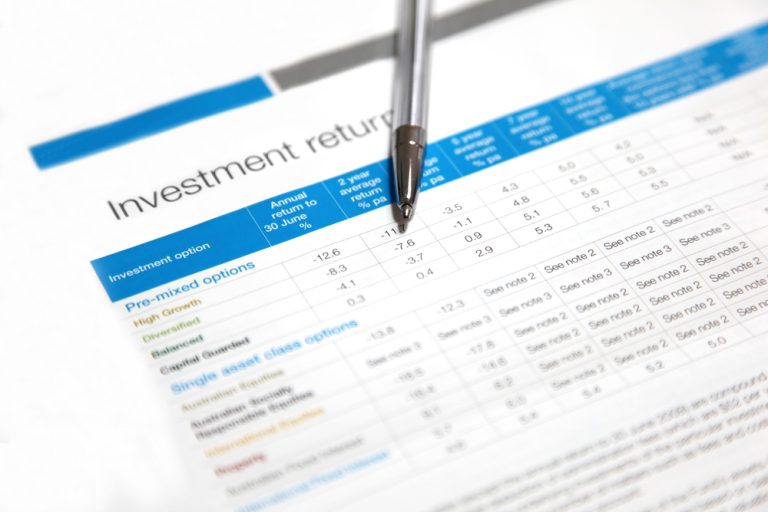Why millennials should be mapping their retirement today
While millennials have for decades been treated like ‘the children of Neverland, who never grew up’, reality is fast catching up with this generation, who are now young adults between…

While millennials have for decades been treated like ‘the children of Neverland, who never grew up’, reality is fast catching up with this generation, who are now young adults between…

Superannuation statements. Boring, right? But if, like many people, you toss your annual super statement in a drawer or hit delete, you could be depriving yourself of many thousands of…

While it’s easy to be discouraged by superannuation and fear you will never have enough money saved to stop working, remember even a modest superannuation balance can make a big…

If you have had different jobs with different employers over your working career you will probably have superannuation accounts in many different funds. Apart from the time it takes to…
End of content
End of content